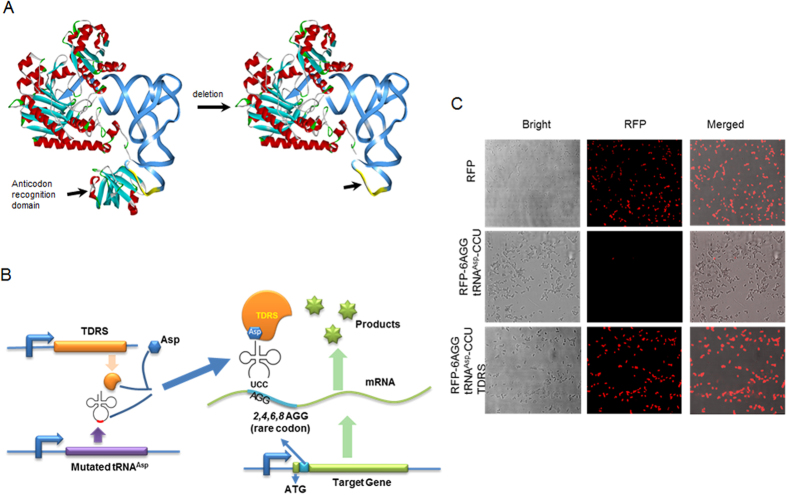Figure 3. Rare codon devices obtained by modifying aminoacyl-tRNA synthetase and the cognate tRNA.
(A) Modification of E. coli aspartyl-tRNA synthetase. The anticodon recognition domain of aspartyl-tRNA synthetase was truncated based on available structural data (PDB ID: 1C0A). (B) The scheme of the rare codon device with TDRS. Various numbers of rare AGG codons (cyan) were inserted immediately downstream of the start codon of target gene, RFP or luciferase gene (green) under the influence of the T7 promoter (blue). The TDRS (orange) and the mutated tRNAAsp (GUC → CCU) gene (purple) were influenced by the T7 promoter (blue). The expression level of the target protein was controlled by the number of rare codon (AGG) insertions and the AGG codon here was translated to Asp. (C) Cells transformed with plasmids containing RFP without rare AGG codons, mutated tRNAAsp (GUC → CCU), and TDRS normally expressed RFP (upper row). RFP expression nearly ceased upon insertion of 6 AGGs immediately after the start codon of the rfp gene, even with co-expression of tRNAAsp (GUC → CCU) (middle row). RFP expression was restored in cells co-transformed with tRNAAsp (GUC → CCU) and TDRS (bottom row).

